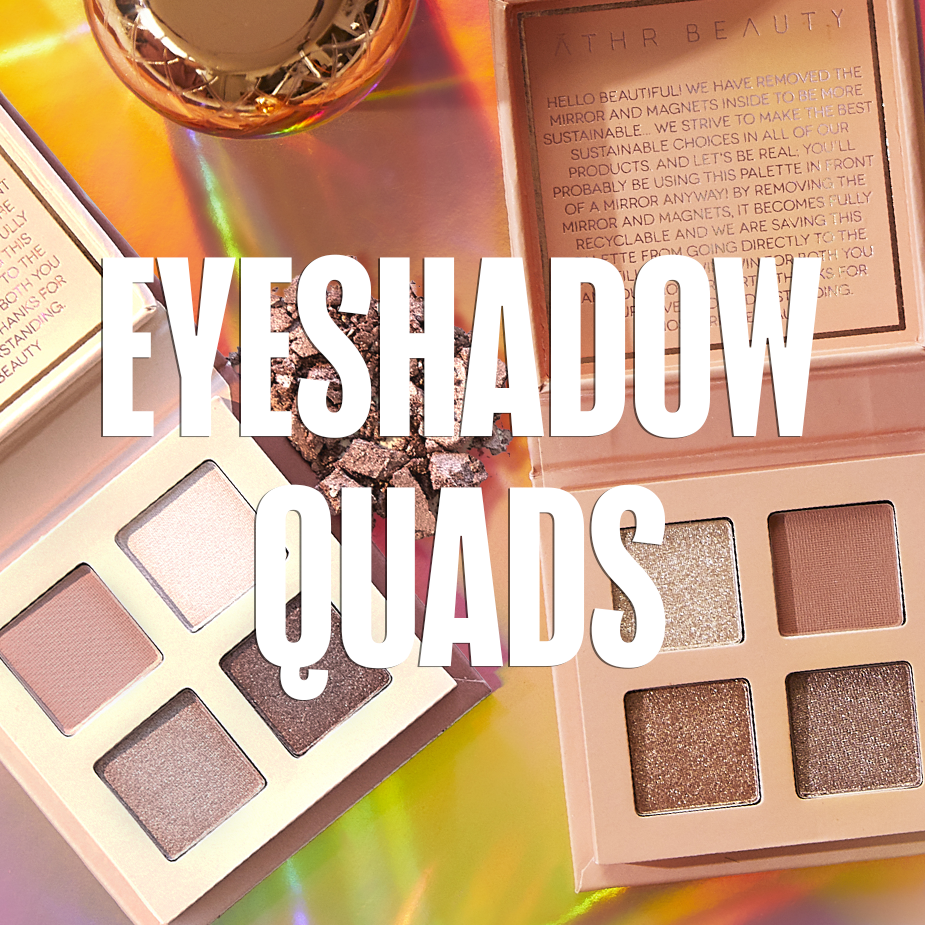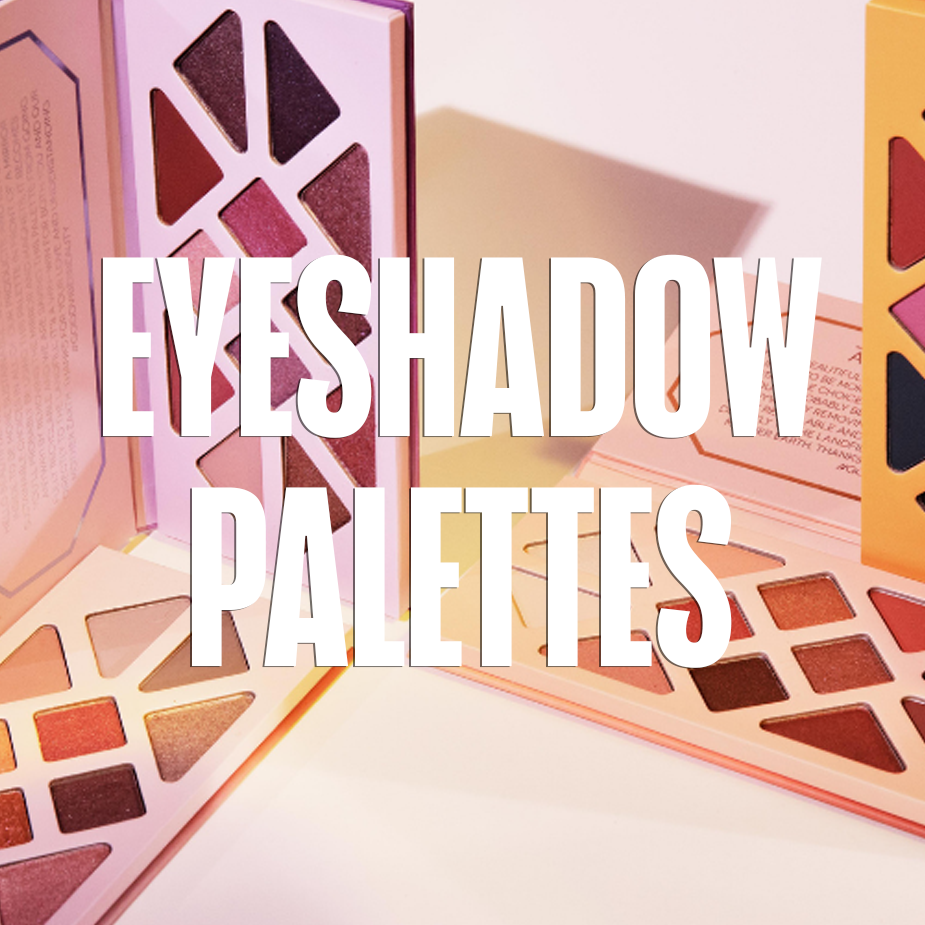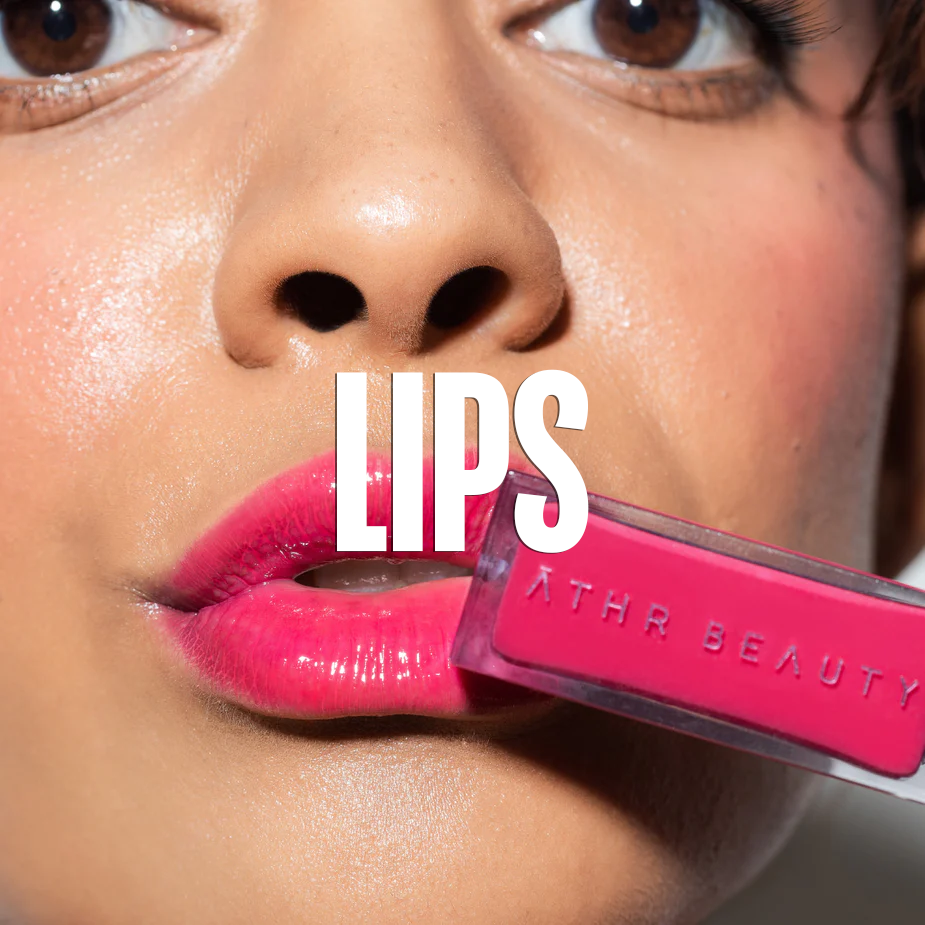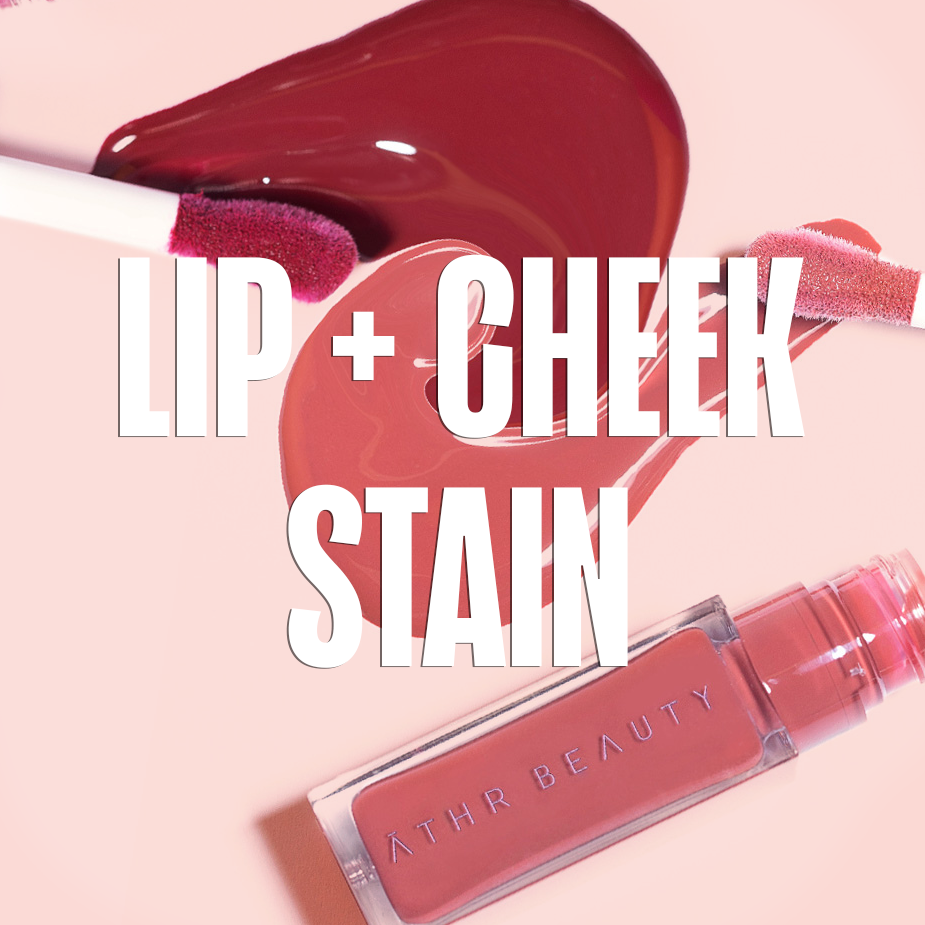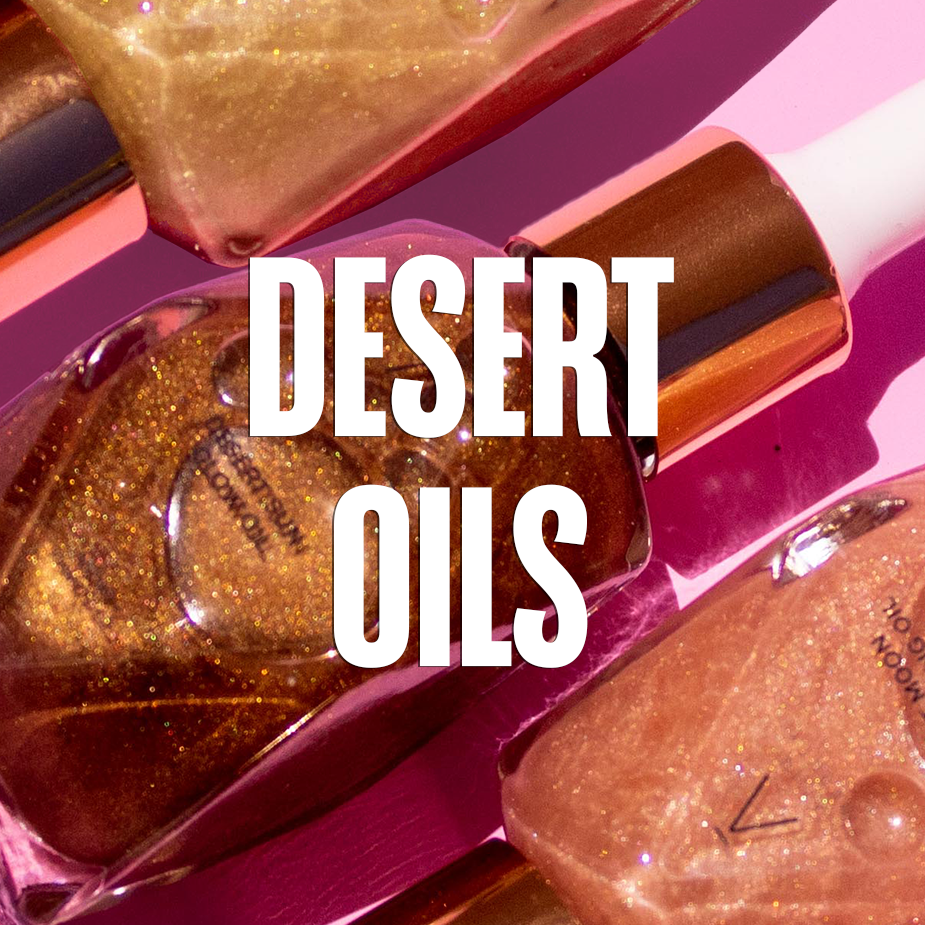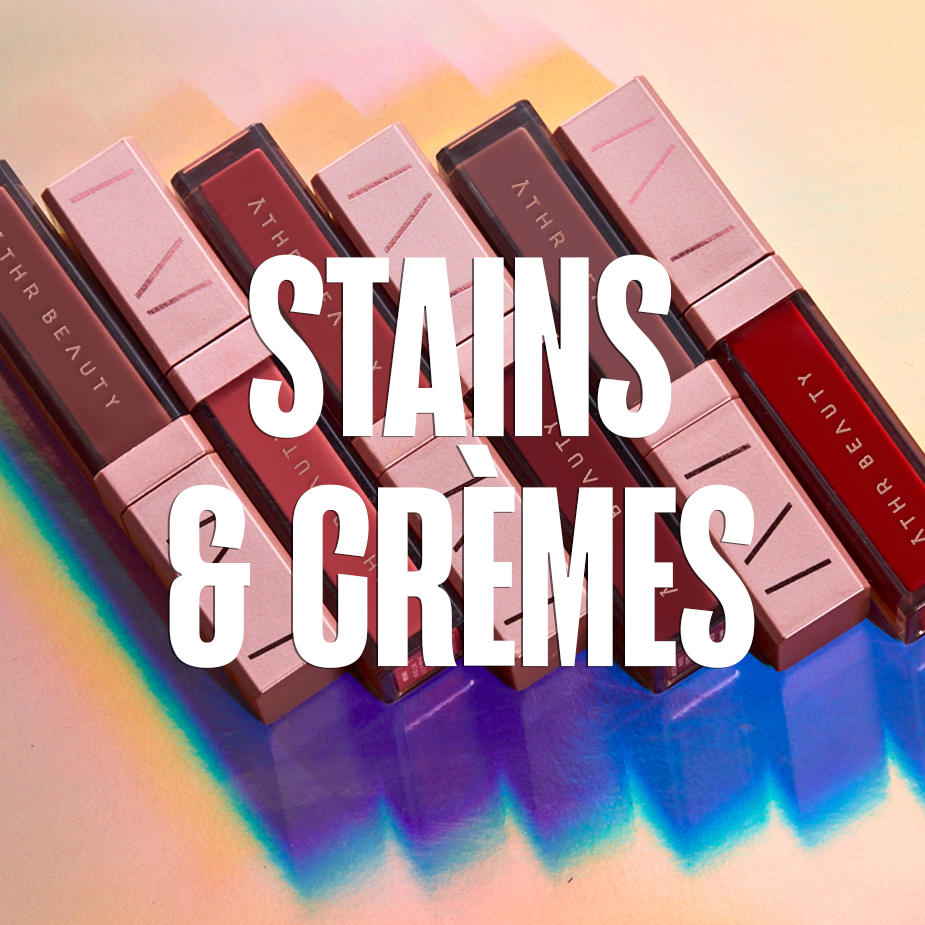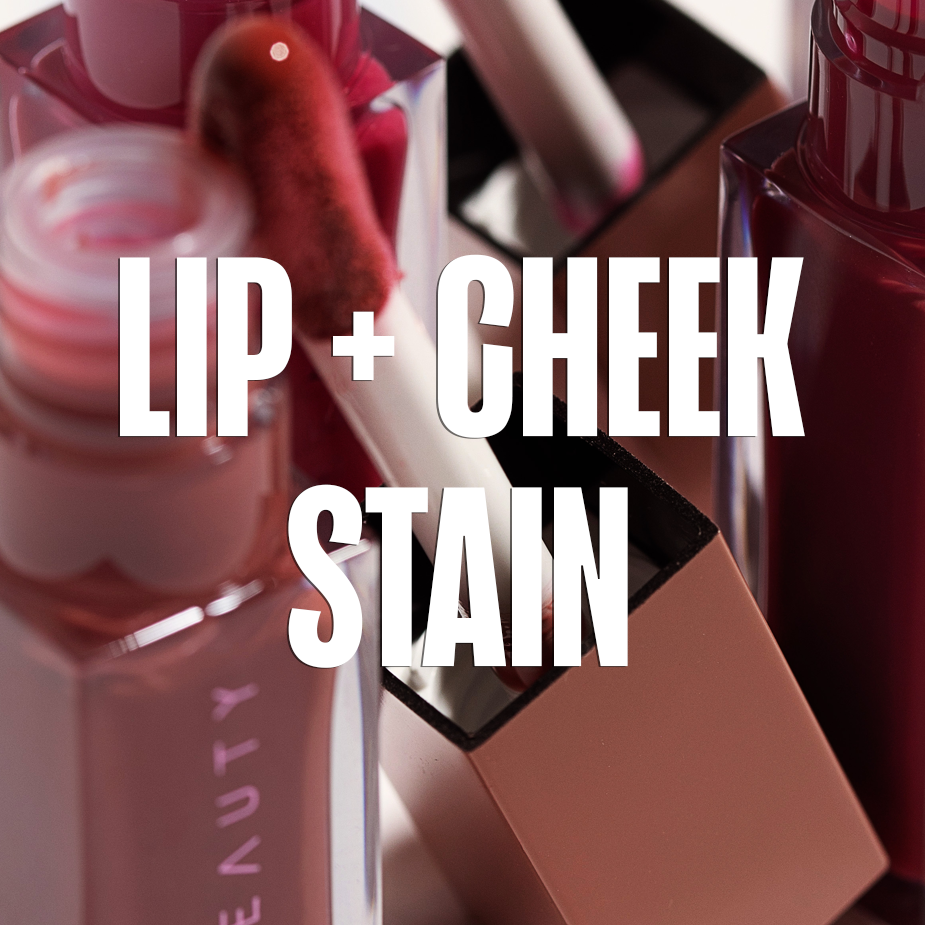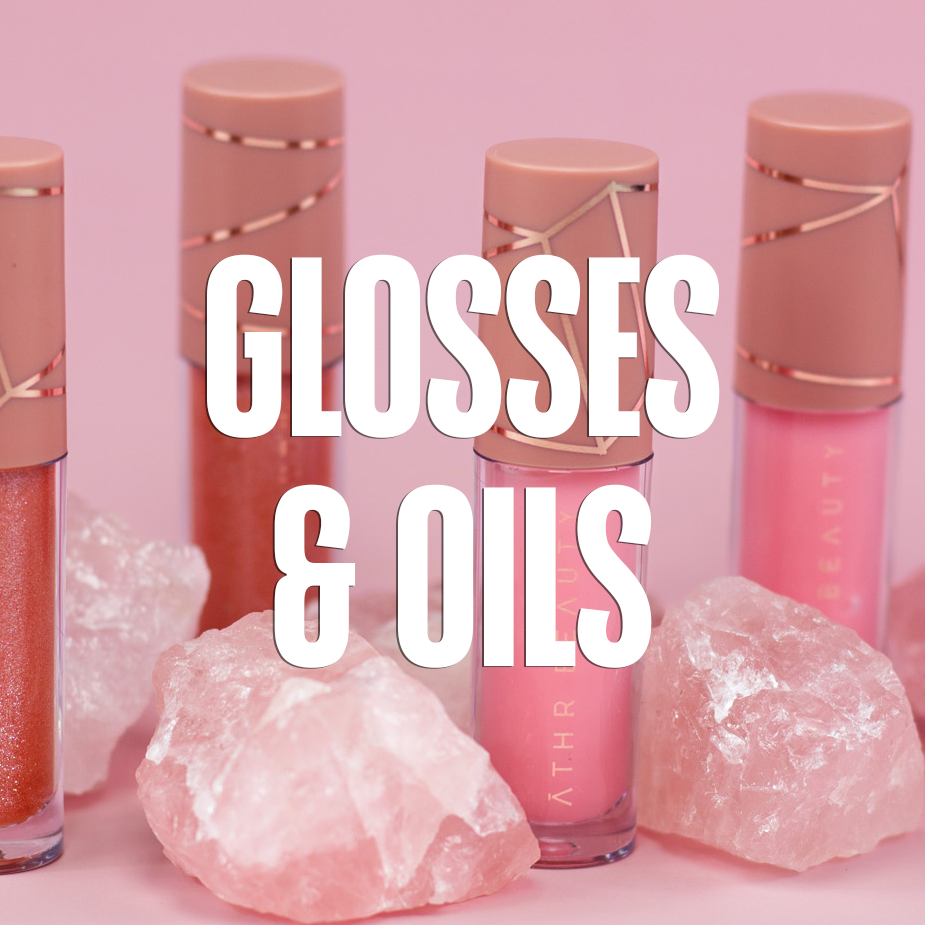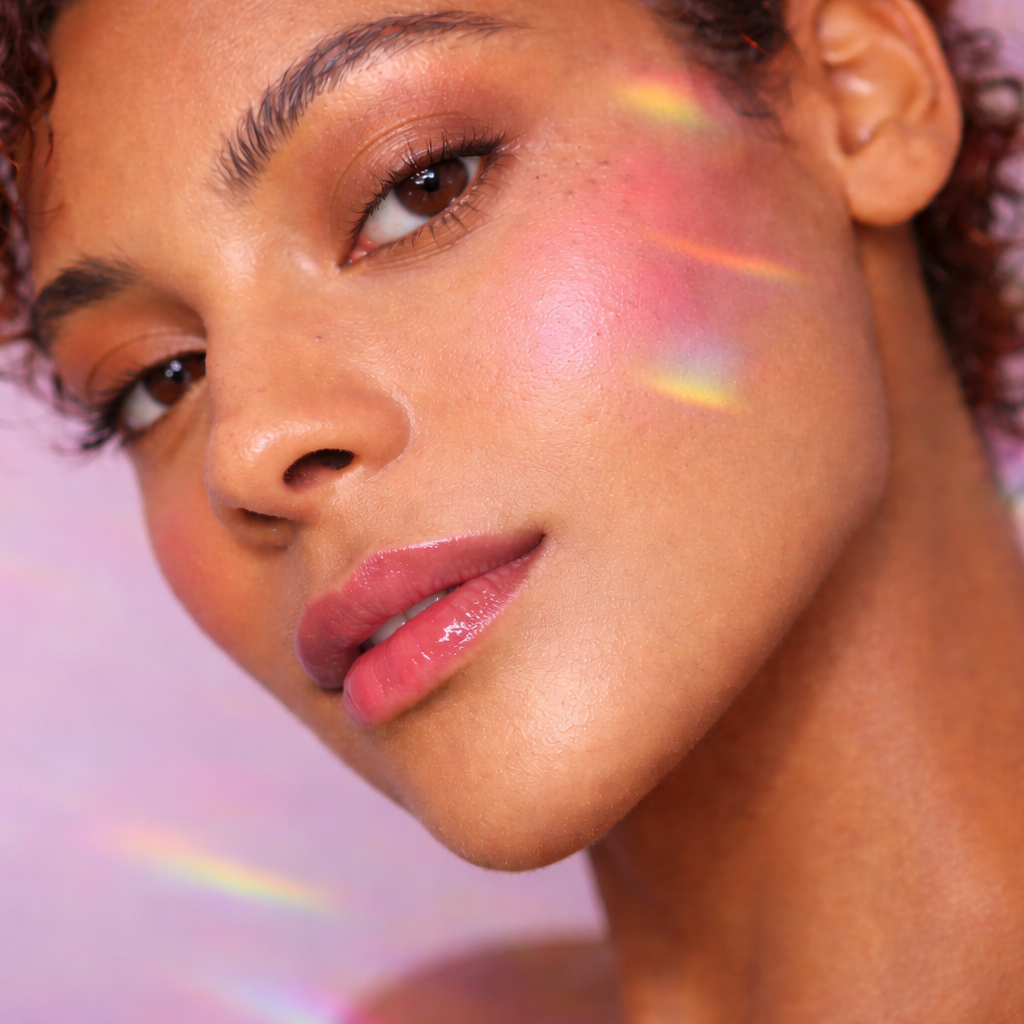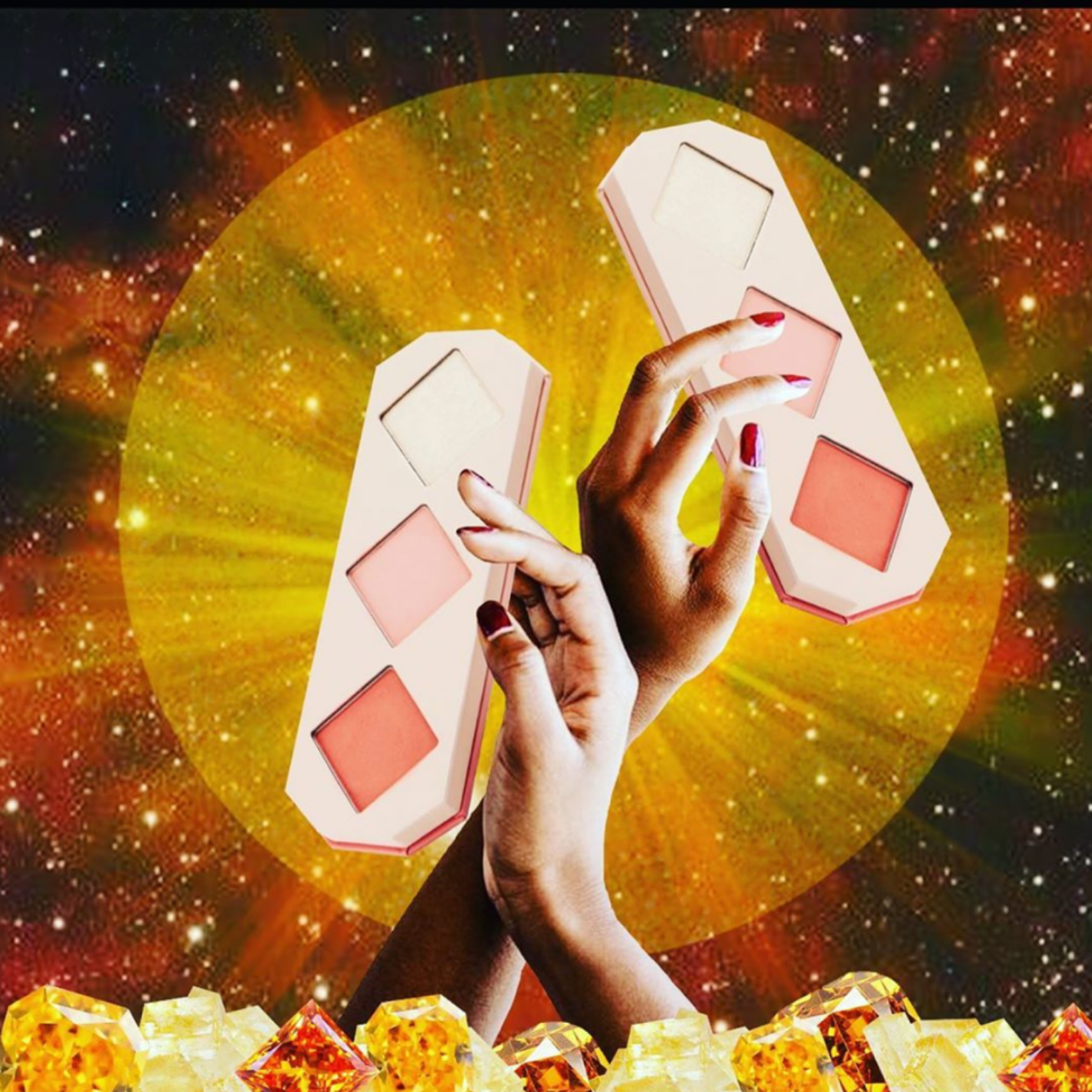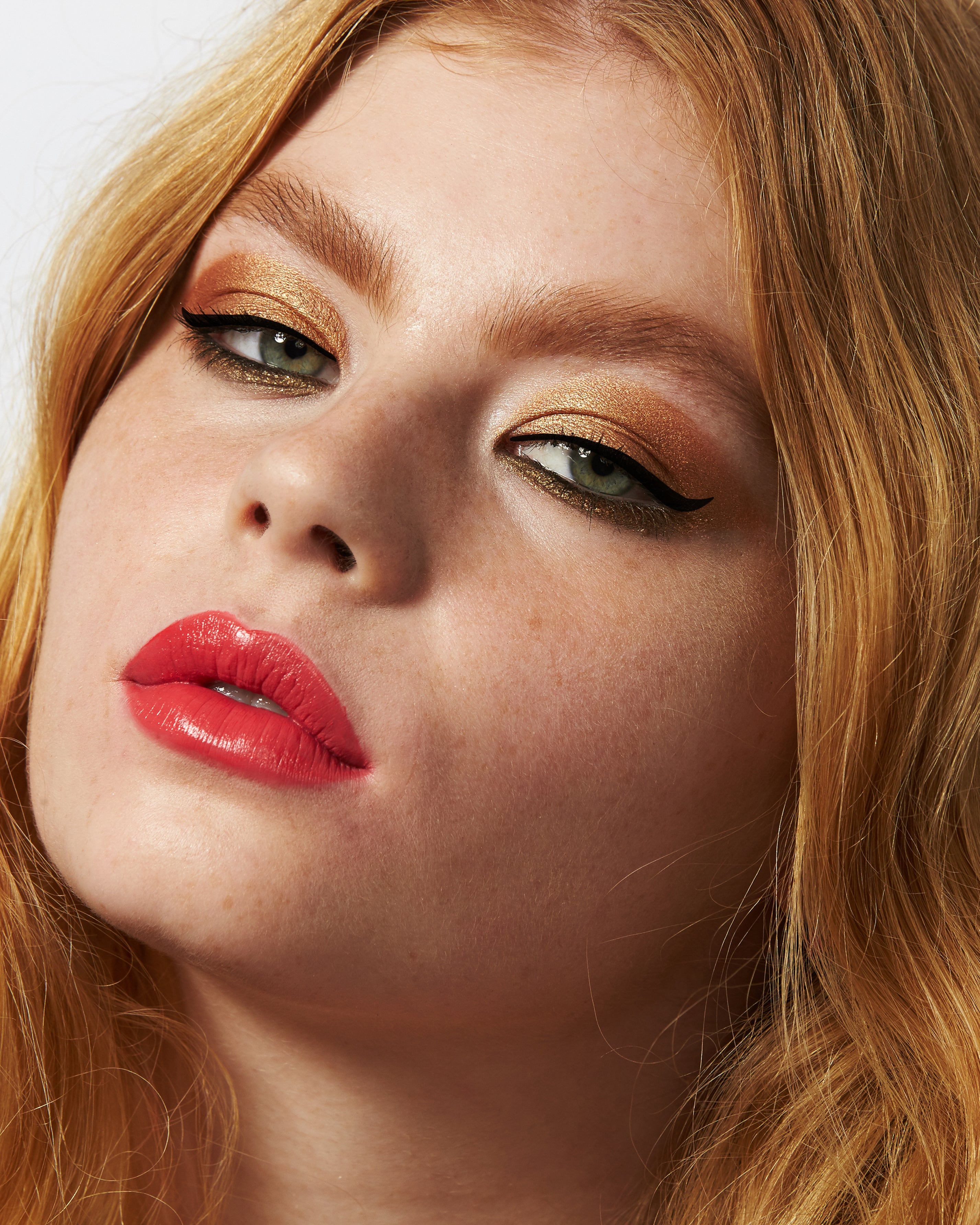There’s two ways to look at cleanliness and safety in cosmetics: clean, non-toxic ingredients & literal product cleanliness. As in - is this product sanitary, bacteria-free, and safe to bring into my home and use on my skin? A concern that feels especially valid in the era of CO-VID.
So today we’re chatting about what makes beauty products safe (as in bacteria-free) – in both the clean and conventional world. Keep reading for:
- What is Clean Beauty and how did it start?
- But is clean beauty a scam?
- The safety of clean beauty (and all beauty)
- Why preservation & how it works
- True or false: conventional beauty is preserved well and clean beauty isn't
- The types of preservatives & how we preserve our products
What Is Clean Beauty And How Did It Start?
Clean beauty was from the start, all about safety. It’s about formulating with safe, non-toxic, non-questionable ingredients to create products that won’t wreak havoc on your health. As demand for ‘clean’ has grown, the meaning has become a bit diluted through countless interpretations by brands and retailers.
But the core of clean remains – safety and purity. And just to clarify – cleandoes not always mean natural. There are many, many safe synthetic ingredients that pose no risk to our health and can fall under the truest definition of clean – a product that doesn’t compromise your health now or in the future. And that goes beyond the ingredient list to include things like heavy metal contamination.Visit our blog to read more about our ingredient standards + heavy metal contamination in the cosmetics industry.

But Is Clean Beauty A Scam?
A claim that’s sometimes made: “well these so-called hazardous ingredients haven’t all beenconclusively, without a shadow of a doubtproven to cause this disease or that one”. Or, "the FDA says it's safe."
Well, let's go back to dreaded high school science class for a second and talk about variables, causation, and correlation. Correlation means that two variables are linked - as in parabens are linked to an increased risk of breast cancer. Causation, on the other hand, is irrefutable evidence that one variable causes the other. It's true, some suspected toxins are (for now) simply linked to adverse health effects. And Scientists will likely need long-term, highly-involved, multi-year studies to determine if the high levels of parabens in the breast tissue of breast cancer patients are in fact definitely causing vs just linked to a higher risk of breast cancer. For now, it's just a repeating pattern they're noticing consistently in breast cancer patients.
From our perspective, we aren't going to wait until scientists have spent 20 years conclusively confirming that these strong correlations are in fact causation. A strong linkage is sufficient for us to avoid an ingredient - especially when none of these suspected toxins are even necessary to create stunning, effective, safe beauty products.Why risk it when you don't need to?
Why not just choose the non-questionable, definitely-safe ingredients that can do the same job with zero potential toxins and be done with it? There’s just no reason to sacrifice anything, let alone our health for beauty products we love!
And on the FDA front, this is an organization that hasn’t banned a single ingredient (beyond a few color additives) in 80+ years. And not to mention, the FDA doesn’t require cosmetic products or ingredients to be approved before going to market. Brands can use any of the 16,000 ingredients on the market (beyond the 11 banned ones) at any level they like, with zero prior safety testing. It's only after significant and numerous negative effects have been found that the FDA may send a warning letter asking the brand to act. The FDA just doesn't have the bandwidth nor power to regulate cosmetics effectively.
Clean beauty is a response to studies that have found strong linkages between cosmetic ingredients and long-term health effects. It's an alternative option for people who'd rather not gamble with suspected toxins when there's just no need to.
The Safety Of Clean Beauty (And All Beauty)
Most of us can agree that truly clean beauty is the safest option in terms of long-term health effects. Using pure, unquestionable ingredients with no linkages to adverse health effects is preferable over suspected human toxins.
But what about the immediate effects – what about bacteria? What about preservation? I mean don’t you need those harsh chemicals to keep your products from molding, growing germs, and going rancid?
The answer is – YES, beauty products need to be effectively preserved. And it’s a huge factor in the safety of beauty products. But no, you don’t need harsh chemicals, and preservation is much more complicated than adding in some chemicals to keep bacteria at bay.
So, let’s dive deep and explain the whole preservation process to understand the whole picture of product safety and preservation in clean and conventional beauty.

Why Preservation
Preservative systems protect products from microbial contamination – in other words, bacteria/mold that can cause disease, skin irritation, and other health concerns.
Preservation refers to both the ingredients used to prevent bacteria growth AND the practices and testing that come together to create an environment where unwanted microorganisms can’t survive.
How Preservation Works
There are so many layers to the question of preservation, product hygiene, and immediate safety. And the truth is, it’s not so much a question of clean vs conventional, but a question of commitment to quality and testing.
So, to get started, there are two main stages of preservation:
- Primary preservation: processes during manufacturing
- Secondary preservation: chemical, physical, or physiochemical methods of preserving a product
Primary Preservation
Manufacturers in the US, Canada, Japan, and the EU follow a model of Good Manufacturing Practices that are designed to avoid microbial contamination. That includes guidelines for facility workers, air quality, cleanliness of surfaces and equipment, personal hygiene, and material handling.
Contamination occurs during manufacturing more often than most of us think. This is one of the main reasons we manufacture our products at high-quality, reputable facilities in the US, Canada, and Europe where safety standards are present and enforced. We visit the facilities regularly, meet the people producing our products, see our products at every stage of production, and personally check the quality on a regular basis.
Where and how a product is manufactured is step 1 in product safety. Products made in some overseas factories face major challenges in ensuring product safety. It won’t matter what preservatives are used if products are contaminated before even entering stores.
Secondary Preservation
This is the part most of us think of when we hear ‘preservation’ – the ingredients that keep bacteria away. The truth is, preservation strategies vary massively between every product. The mix of ingredients and the ratio of every ingredient will determine how it needs to be preserved and which strategies or ingredients will be most effective for that specific cocktail.
The first thing to consider is whether the formula contains water. Water is the ideal environment for microorganisms to grow, so water-heavy formulas need more (and more powerful) preservatives. In fact, one of the best ways to reduce risk and increase shelf life is to formulate without water or include ingredients that reduce water activity.
Our shadows and cheek products are anhydrous, meaning they contain no water and have a much lower risk of bacterial growth. Scroll to the bottom for more on how we preserve our products!

True Or False: Conventional Beauty Is Well-Preserved And Clean Beauty Isn't
There’s definitely a perception that clean beauty is lacking in preservation – that natural preservatives aren’t up to the job. But the truth is, preservation can be a challenge in both clean and conventional beauty.
Conventional cosmetics, skincare, and hair care products are constantly being recalled for: mold and bacterial contamination despite their harsh preservatives, as well as asbestos and heavy metal contamination and unsafe use of color additives. And a few well-known clean brands have had to recall products for bacteria and mold also. Visit the FDA website for all recent product recalls.
The bottom line: what matters most for effective preservation isn’t choosing between chemical vs natural, it’s finding the right preservation solution for your specific formula, conducting rigorous testing,and ensuring the best manufacturing practices. We can't emphasize that last part enough - preservation starts at the manufacturing level - finding a reputable, trustworthy, quality-driven, visible manufacturer is essential. Let's talk more about preservative types below!
Types Of Preservatives: Chemical, Natural, And Multifunctional Ingredients
Synthetic Chemical Preservatives
Chemical substances designed to prevent microbial contamination. Some commonly known chemical preservatives: parabens, Imadozolidinyl Urea, Diazolidinyl Urea, and Phenoxyethanol.
While many conventional chemical preservatives are very effective, there is a direct link between the antimicrobial effect of chemical preservatives and their potential toxicity. Also, “after perfumes, chemical preservatives represent the second largest group of allergens most frequently implicated in cosmetic allergies”. So, often with this category, you’re trading preservative effectiveness for your long-term health or skin health.
Not all synthetics are bad, however, and not all chemicals are evil. Many preservatives that are considered ‘natural’ and seen as safer preservative alternatives are often (but not always) synthetically created in a lab:
- Benzoic Acid and Sodium Benzoate
- Sorbic Acid and Potassium sorbate
- Anisic Acid
- Levulinic Acid
Natural Preservatives
Plant extracts with antimicrobial and antioxidant qualities that help extend the shelf life of beauty products. These ingredients can work in a few ways to preserve a product:
- Antimicrobial: inhibits the growth of bacteria and fungi
- Antioxidants: stops or slows the oxidation process (when ingredients are exposed to oxygen)
Multifunctional Ingredients
Ingredients that perform multiple functions in a formula including preservation. Caprylic acid and capric acid from coconut oil, for example, help with hydration and skin softening, but also have effective antifungal and antibacterial properties.

Testing Of Preservation
First of all, brands are not required to test their products for safety and stability. While the FDA regulates cosmetics in the US, they only specify that a cosmetic should be safe for consumers to use – there’s no mandatory safety testing.
Having said that, most clean and conventional brands do undergo standard pre-market testing to ensure safety, because, in the end, they may be responsible for any adverse effects that result from using their products.
The standard testing for preservation systems is the Challenge Test: a one or two-month lab test where millions of different bacteria, mold, and yeast are introduced into the formula to determine if the preservation methods are effective and stable over time. An essential step in creating a safe product for clean and conventional beauty alike.
Once a product passes this test, a shelf-life and period-after-opening date are determined. Here’s where we as consumers come in.
Shelf-Life And Period After Opening (PAO)
Every product has a recommended shelf-life and PAO, the amount of time it will remain (1) preserved, and (2) effective after you’ve opened it. These values are usually printed on a products’ packaging, or if not, reach out and ask the brand!
These times vary between every product, based on many factors like water content and preservation techniques. And in terms of clean vs conventional: it’s all over the map! Some clean products last forever and some conventional products last only a few months, and vice versa.
You’d be surprised how fast some of your fave beauty buys expire: mascara, for example, should be discarded (or ideally recycled) after only 3 months! The same goes for many cream products like blushes and cream shadows. Skincare products are mostly in the 3-6 month range, but every product is different.
ĀTHR Beauty powder products last for 3 to 4 years after opening – you’ll likely hit pan before yours loses its luster. If you’re unsure when you purchased yours and if it’s still good to use, reach out to us anytime!

What We Use For Natural Preservation
Organic, Fair-trade Coconut Oil: Contains Caprylic Acid and Capric Acid which have effective antimicrobial and antifungal properties.
Honeysuckle Flower Extract & Japanese Honeysuckle Flower Extract: Contain antiviral and antibacterial phytochemicals for natural preservation. In the past, there were concerns that these ingredients shared qualities with chemical parabens, however, it's now been proven that these ingredients have completely different chemical structures and behavior than synthetic parabens.
Organic & Fair-Trade Shea Butter, Jojoba Seed Oil, Rosehip Seed Oil, Organic Sea Buckthorn Oil, Organic Moringa Oil, Organic Prickly Pear Oil, Organic Lavender Oil: Plant oils rich in Vitamin E, a natural antioxidant that prevents oxidation of other ingredients.
Elderberry Fruit Extract: Full of flavonoid and polyphenol compounds, this extract is a potent antioxidant that prevents oxidation of other ingredients.
Tocopherol: Vitamin E derived from plant oils – prevents oxidation of other ingredients.
Plumeria Flower Extract: Contains benzoic acid – a natural preservative, plus flavonoids and phenolic compounds with potent antioxidant properties.

What You Can Do To Make Products Last Their Longest
While we recommend always following the recommended PAO of your products, there are a few things you can do to keep your beauty products as bacteria-free as possible:
- Store them in a cool, dry place
- Clean your brushes regularly
- Apply makeup with clean hands
- Don’t share your makeup with others
________________________
If you have any questions about ingredient safety, production practices, or anything under the beauty sun, we’re a wide-open book and are always happy to chat! Send us a message anytime or leave your comments below ❤
- ĀTHR Beauty


